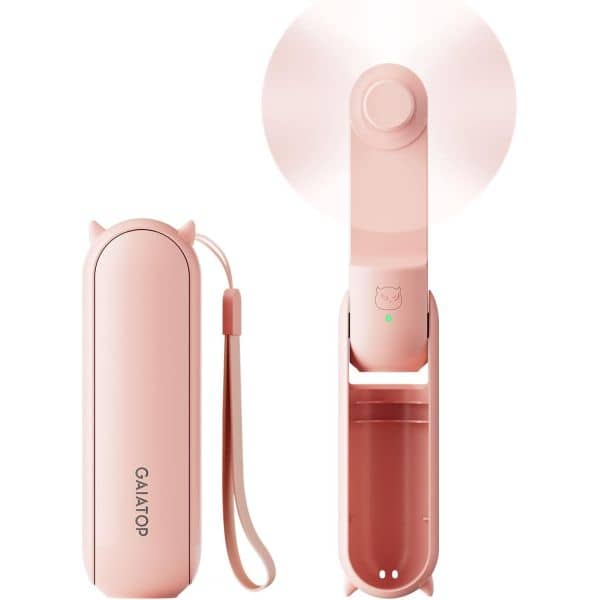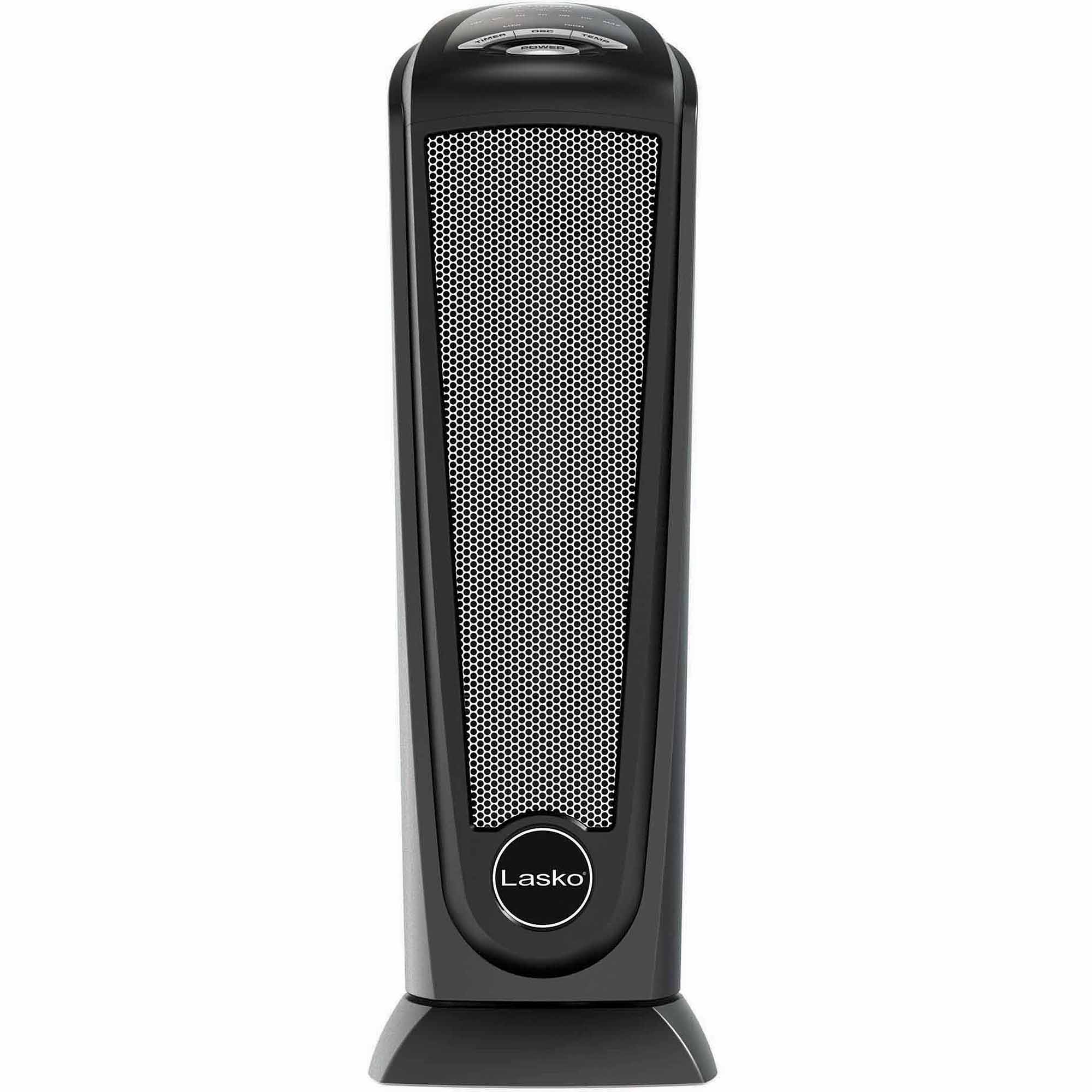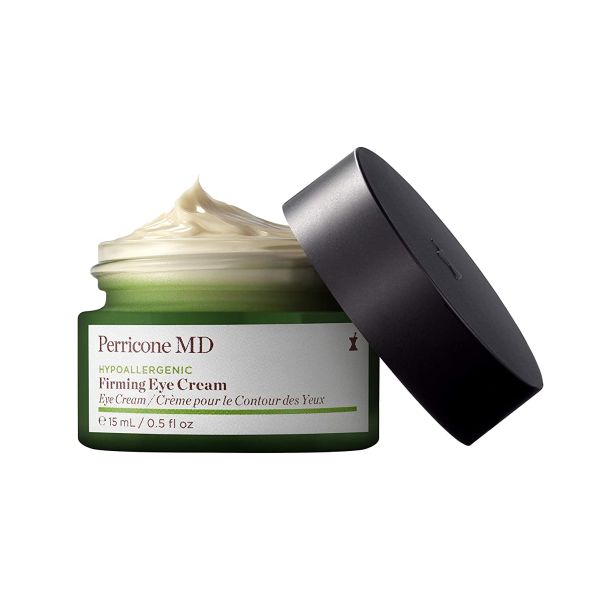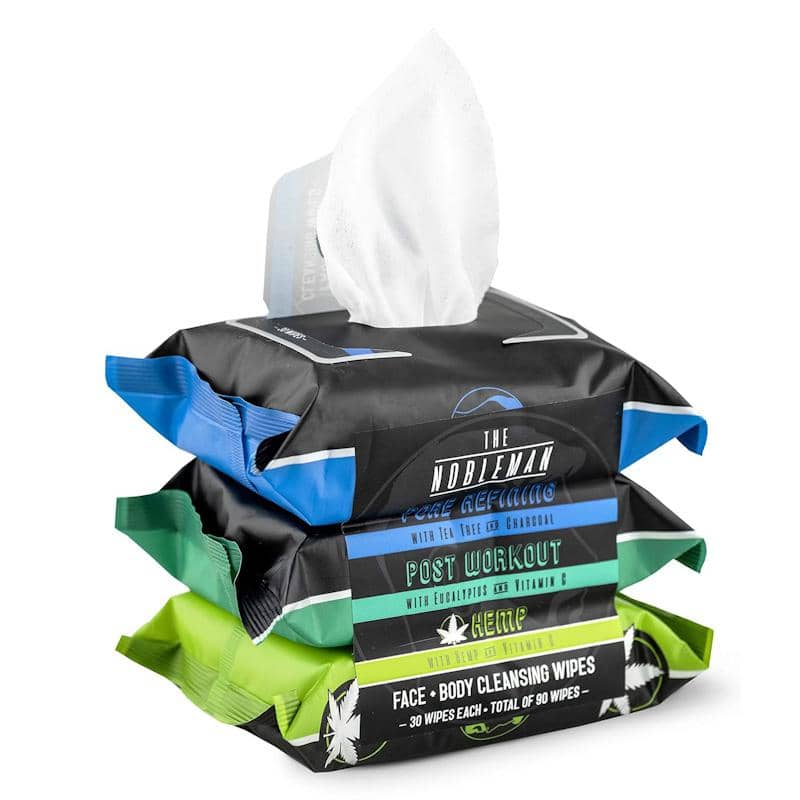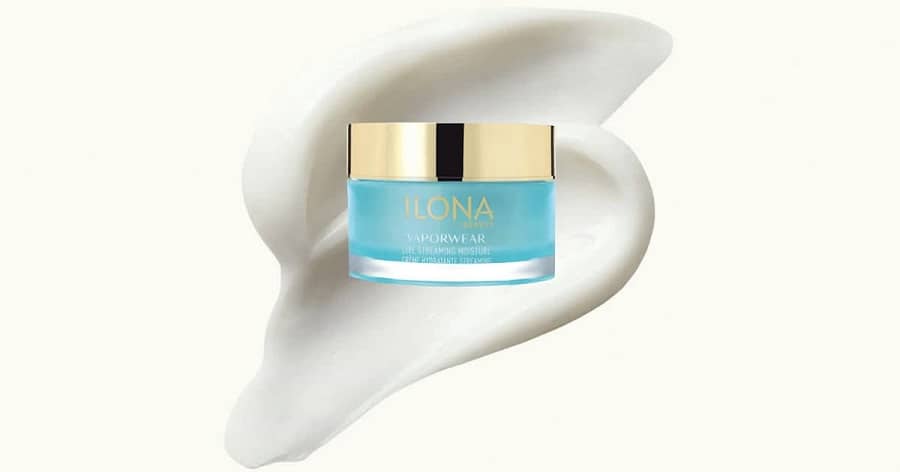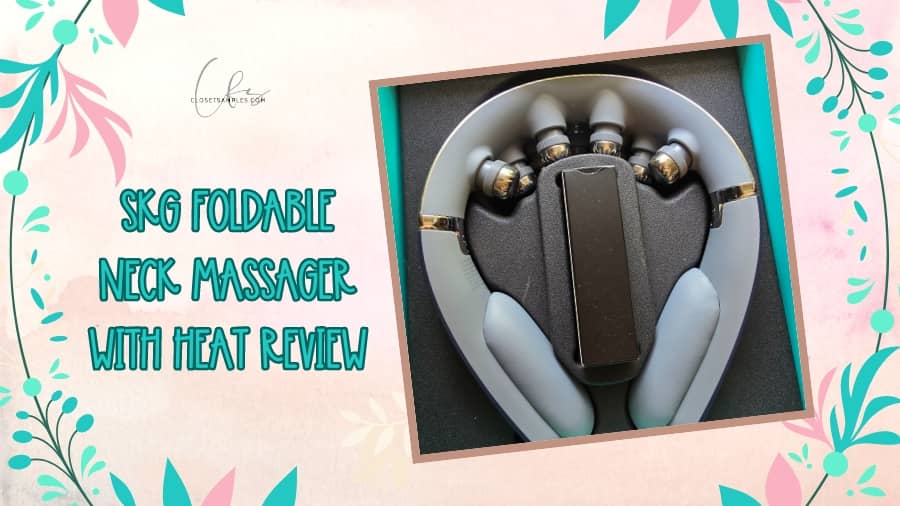As temperatures soar to unprecedented levels due to climate change and rising global temperatures, extreme heat events are becoming more frequent and intense in many regions around the world. Staying cool and comfortable during scorching summers is not only a matter of personal comfort but also a critical health concern. However, cranking up the air conditioner or running energy-intensive cooling appliances can result in soaring utility bills, putting a strain on your budget. Thankfully, there are numerous cost-effective and environmentally-friendly ways to beat the heat on a budget. In this comprehensive guide, we will explore various practical strategies and tips to help you stay cool without breaking the bank during extreme heat temperatures.
Maximize Natural Ventilation
Utilizing natural ventilation is one of the simplest and most economical ways to keep your living space cool. During the cooler hours of the day, such as early morning and late evening, open windows to allow fresh air to circulate indoors. Use window fans strategically to promote airflow and create a refreshing cross-breeze that cools down your living space naturally. This simple step can significantly reduce the need for air conditioning during milder weather conditions.
Here are a few reasonably priced window fan options to consider:
Harness the Power of Fans
Fans are an energy-efficient and budget-friendly alternative to air conditioners. Place box fans or oscillating fans near windows during the night to draw in cooler air and expel hot air from your home. Positioning a bowl of ice in front of the fan can enhance the cooling effect. Additionally, ceiling fans are excellent for circulating air in rooms and creating a comfortable indoor environment.
Here are a few reasonably priced oscillating fan options to consider:
Optimize Curtains and Blinds
Using curtains and blinds wisely can have a significant impact on indoor temperatures. Keep curtains and blinds closed during the hottest parts of the day to block out direct sunlight and prevent unwanted heat gain. This simple step can help maintain a cooler indoor environment and reduce the need for air conditioning or cooling appliances.
Here are a few reasonably priced thermal curtain options to consider to help reduce the heat coming through:
 Image credit: Freepik
Image credit: Freepik
Create DIY Air Conditioners
DIY air conditioners can be a fun and cost-effective way to cool down specific areas of your home. One popular method involves filling a shallow pan with ice and positioning it in front of a fan. As the fan blows air over the ice, it creates a refreshing breeze that cools down the room. Additionally, you can freeze a damp towel and use it on your forehead or neck for an instant cooling effect.
Here's a step-by-step guide on how to create a DIY air conditioner:
Materials Needed:
- Styrofoam Cooler (medium to large size)
- Battery-operated fan or USB fan
- PVC pipe or plastic tubing
- Ice or frozen water bottles
- Utility knife
- Marker or pen
- Duct tape
- Aluminum foil
Step 1: Preparing the Styrofoam Cooler Start by cutting two holes on opposite sides of the styrofoam cooler. One hole should be large enough to fit the battery-operated fan or USB fan, while the other hole should be slightly smaller to accommodate the PVC pipe or plastic tubing.
Step 2: Installing the Fan Place the battery-operated fan or USB fan into the larger hole you cut on the styrofoam cooler. Ensure that it fits securely and faces inward.
Step 3: Creating the Air Duct Take the PVC pipe or plastic tubing and insert it into the smaller hole on the styrofoam cooler. This will serve as the air duct to channel the cool air from the cooler.
Step 4: Securing the Fan and Air Duct Use duct tape to secure both the fan and the air duct in place. Ensure that there are no gaps or leaks around the edges to maintain proper airflow.
Step 5: Preparing the Cooling Medium Fill the styrofoam cooler with ice or place frozen water bottles inside. The frozen elements will act as the cooling medium and help lower the temperature inside the cooler.
Step 6: Covering the Cooler Cover the entire outside of the styrofoam cooler with aluminum foil. This will reflect the heat and keep the interior cooler for a longer period.
Step 7: Powering the Fan If you are using a battery-operated fan, insert the batteries and turn on the fan. If you have a USB fan, connect it to a power source such as a power bank or a USB adapter.
Step 8: Enjoy the Cool Air Once the fan is running, it will draw the air from inside the cooler through the ice or frozen water bottles, cooling it down in the process. The chilled air will then be pushed out through the air duct, creating a refreshing breeze.
Tips for Better Cooling:
- Replace the ice or frozen water bottles regularly to maintain continuous cooling.
- Place the DIY air conditioner in front of an open window to draw in fresh air and enhance the cooling effect.
- Consider using environmentally-friendly cooling options such as reusable ice packs or frozen gel packs instead of single-use ice.
Please note that a DIY air conditioner may not provide the same level of cooling as a traditional air conditioner, especially in extremely hot and humid conditions. However, it can be a practical and budget-friendly solution for personal cooling in small spaces or during emergencies. Always prioritize safety and avoid using any materials or techniques that may pose risks.

Make Use of Cool Cloths
A damp washcloth or a chilled towel can work wonders in providing relief from the heat. Dampen a washcloth with cold water and use it to wipe your face, neck, and wrists to lower your body temperature. Keeping a damp towel in the refrigerator can add an extra cooling touch to the experience.
Here are a few reasonably priced cooling towel options to consider:
Avoid Heat-Producing Appliances
During extreme heat, it's best to minimize the use of heat-producing appliances such as ovens and stoves. Opt for no-cook or
microwave meals to avoid adding unnecessary warmth to your living space. Instead, focus on preparing cool and refreshing meals that require minimal cooking or heating.
Stay Hydrated
Proper hydration is essential for staying cool and maintaining overall health during hot weather. Drink plenty of water throughout the day to stay hydrated and regulate your body temperature. Avoid sugary and caffeinated beverages, as they can dehydrate you. Infusing water with slices of cucumber, lemon, or mint can add a refreshing twist to your hydration routine.
Here are a few reasonably priced reusable water bottles to consider:
Take Advantage of Shade
If you're spending time outdoors, seek shade under trees,
canopies, or awnings. Shade can reduce the ambient temperature significantly and make outdoor activities more bearable. Planning outdoor activities during the cooler parts of the day, such as early morning or late afternoon, can also help you avoid the peak heat hours.
Cool Down with Cold Showers
Taking cold showers can provide immediate relief from the heat and help lower your body temperature. Consider taking a refreshing cold shower during the hottest parts of the day to stay cool and invigorated. Additionally, taking a cold shower before bedtime can help you sleep better during hot nights.
Sleep Comfortably
Getting a good night's sleep is essential for overall well-being, especially during extreme heat. To sleep comfortably, use lightweight, breathable sheets, and sleepwear that promote airflow and prevent overheating. Consider placing a frozen water bottle or ice pack in front of the fan to cool down your bedroom before sleep.
Here are a few reasonably priced cooling sheets to consider:
Conclusion
Beating the heat on a budget is not only possible but also essential for maintaining comfort and health during extreme temperatures. By adopting these cost-effective and environmentally-friendly strategies, you can stay cool without incurring high energy costs or straining your budget. Staying cool during extreme heat is not only a matter of personal comfort but also a way to contribute to a more sustainable and eco-friendly lifestyle. By implementing these tips, you can enjoy a refreshing and budget-friendly summer while reducing your environmental impact. Stay cool, stay comfortable, and stay mindful of your budget!

 Image credit: Freepik
Image credit: Freepik



 Here you will find all the best coupon advice, tips and how to make the most of all your coupons!
Here you will find all the best coupon advice, tips and how to make the most of all your coupons! Are you looking for ways to stretch your dollar?
Are you looking for ways to stretch your dollar? 


